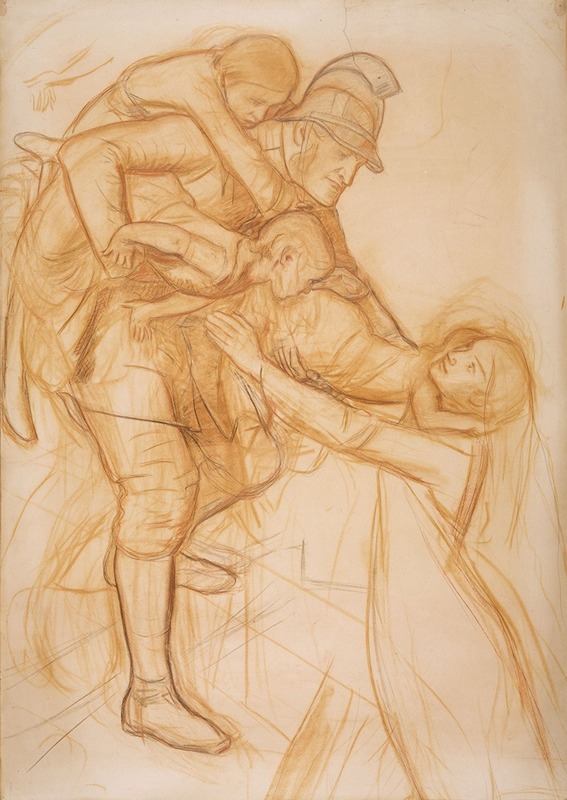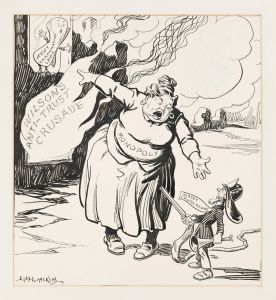
The Rescue
A hand-painted replica of Sir John Everett Millais’s masterpiece The Rescue, meticulously crafted by professional artists to capture the true essence of the original. Each piece is created with museum-quality canvas and rare mineral pigments, carefully painted by experienced artists with delicate brushstrokes and rich, layered colors to perfectly recreate the texture of the original artwork. Unlike machine-printed reproductions, this hand-painted version brings the painting to life, infused with the artist’s emotions and skill in every stroke. Whether for personal collection or home decoration, it instantly elevates the artistic atmosphere of any space.
"The Rescue" is an oil painting created by Sir John Everett Millais in 1855. Millais, a founding member of the Pre-Raphaelite Brotherhood, was known for his detailed and emotive works, and this painting is a notable example of his mature style. The artwork was first exhibited at the Royal Academy in London in 1855 and received significant attention for its dramatic subject matter and technical execution.
The painting depicts a fireman rescuing three children from a burning building. The fireman, dressed in his uniform, is shown emerging from the flames, holding two children in his arms while a third clings to his neck. The mother of the children is visible in the lower right corner, reaching out in desperation and relief. The scene is illuminated by the glow of the fire, which Millais skillfully rendered to create a sense of urgency and drama. The artist's attention to detail is evident in the textures of the fireman's uniform, the children's clothing, and the play of light and shadow.
"The Rescue" reflects the Victorian fascination with heroism and the emerging role of firefighters as public servants and symbols of bravery. During the mid-19th century, firefighting was becoming more organized and professionalized in Britain, and Millais's painting captures the public's admiration for these figures. The work also aligns with the Pre-Raphaelite interest in contemporary themes and emotional intensity.
The painting was well-received at the time of its exhibition and contributed to Millais's reputation as one of the leading artists of his era. It is now part of the collection of the National Gallery of Victoria in Melbourne, Australia. The artwork continues to be appreciated for its technical mastery and its ability to convey a powerful narrative through visual means.


















